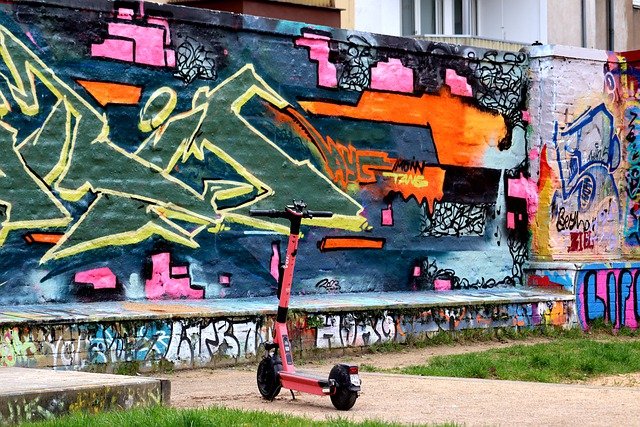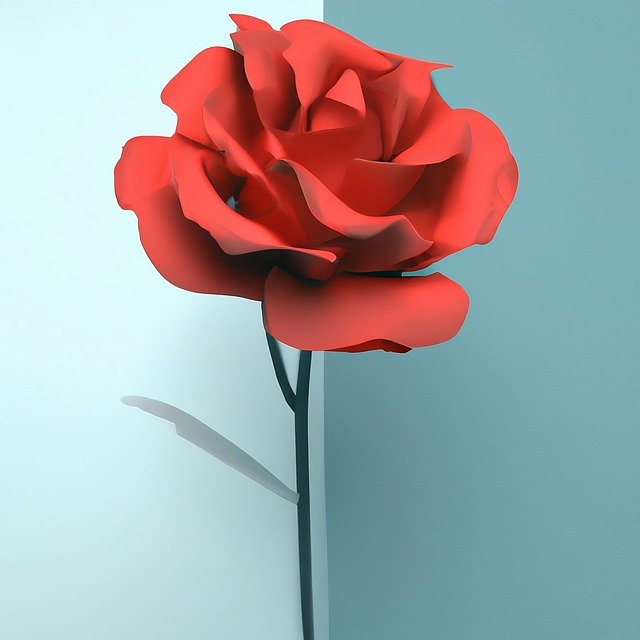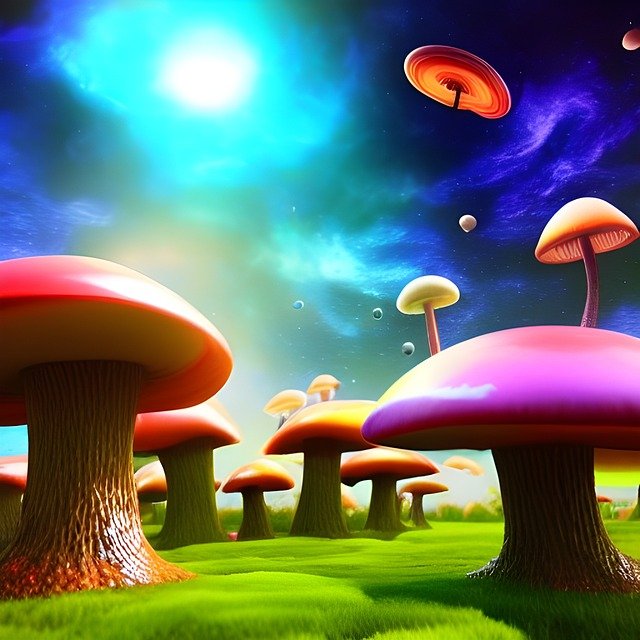Section 1: The Rise of AI Art
In recent years, there has been a growing buzz around the use of artificial intelligence (AI) in various industries. From self-driving cars to virtual assistants, AI has been making its mark in the world of technology. But one area that has been particularly intriguing is its use in art. Yes, you read that right – AI is now creating art. This groundbreaking technology has opened up a whole new world of possibilities for artists, businesses, and individuals alike. In this article, we will explore the revolutionary impact of AI art and how it is transforming the way we think about creativity and business.
Section 2: Understanding AI Art
Before we dive into the potential of AI art, it is important to understand what it actually is. AI art, also known as computational creativity, is the use of algorithms and machine learning to create original pieces of art. These algorithms are trained on large datasets of existing artwork, and then use that knowledge to generate new and unique pieces. This process is known as generative art, where the artist (in this case, the AI) creates a set of rules and parameters, and the final output is determined by the computer. This may sound like a cold and calculated way of creating art, but the results are anything but. AI art has produced stunning and thought-provoking pieces that challenge our perception of what art is and can be.
One of the most well-known examples of AI art is the painting “Portrait of Edmond de Belamy” by the French art collective Obvious. This piece was created using a type of AI called a Generative Adversarial Network (GAN), which pits two algorithms against each other – one to generate images and the other to determine if they are real or fake. The result is a hauntingly beautiful portrait that sold at auction for a staggering $432,500. This sale not only solidified AI art as a legitimate form of creativity but also sparked a conversation about the value and ownership of art created by machines.
Section 3: The Impact on Business and Creativity
The emergence of AI art has not only captured the attention of the art world but has also piqued the interest of businesses and marketers. With the ability to create unique and eye-catching visuals, AI art has the potential to revolutionize the way companies approach branding and advertising. By using AI-generated images and videos, businesses can stand out in a crowded market and create a lasting impression on their target audience. This technology also has the potential to save time and resources for businesses, as AI can quickly generate multiple variations of an image or video, eliminating the need for costly photoshoots or graphic design work.
Moreover, AI art has also opened up new opportunities for collaboration between humans and machines. This collaboration has the potential to push the boundaries of creativity and lead to innovative and unexpected outcomes. Artists can use AI as a tool to enhance their creative process, allowing them to explore new techniques and styles that they may not have thought of before. This fusion of human and machine creativity has already resulted in some incredible pieces, such as the music album “I AM AI” by Taryn Southern, which was entirely composed and produced by AI.
Another area where AI art is making waves is in the world of fashion. Brands like Tommy Hilfiger and H&M have already experimented with AI-generated designs, and the results have been nothing short of impressive. By using AI, fashion designers can create unique and personalized designs for their customers, catering to their individual tastes and preferences. This not only enhances the customer experience but also allows for more sustainable and efficient production processes.
Section 4: The Future of AI Art
As AI technology continues to advance, the possibilities for AI art are endless. With the ability to learn and adapt, AI has the potential to create art that is truly groundbreaking and thought-provoking. However, with this limitless potential comes ethical concerns. As AI becomes more capable of creating art that is indistinguishable from human-made art, questions arise about the role of the artist and the authenticity of the artwork. Additionally, there are concerns about the ownership and copyright of AI-generated art, as well as the potential for bias and discrimination in the algorithms used.
Despite these concerns, the future of AI art is bright. As more artists and businesses embrace this technology, we can expect to see even more impressive and innovative creations. AI art has the power to challenge our perceptions of creativity and push us to explore new frontiers. It is an exciting time for both the art world and the business world, as we witness the rise of AI art and all its potential.
In conclusion, AI art is a groundbreaking and revolutionary technology that is transforming the way we think about creativity and business. From generating unique and visually stunning pieces to enhancing collaboration and pushing the boundaries of art, AI has opened up a world of possibilities. As we continue to explore the potential of AI art, it is essential to consider the ethical implications and ensure that this technology is used responsibly. With its limitless potential, AI art is undoubtedly revolutionizing the way we create and experience art, and the future looks brighter than ever.









